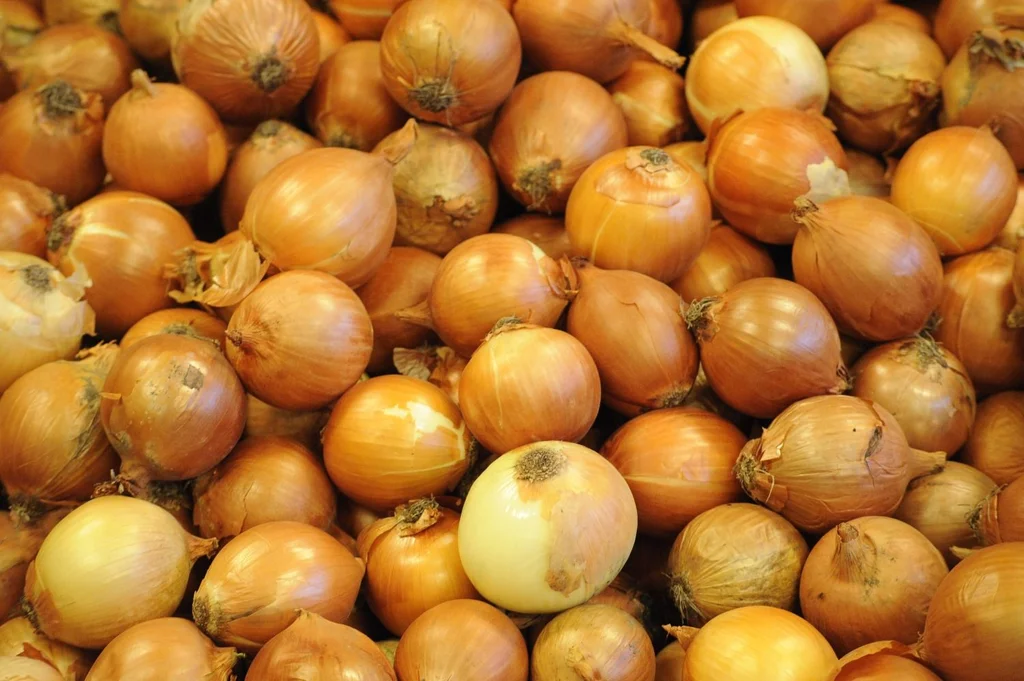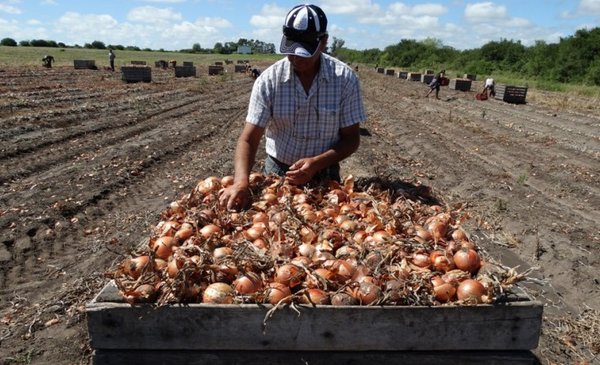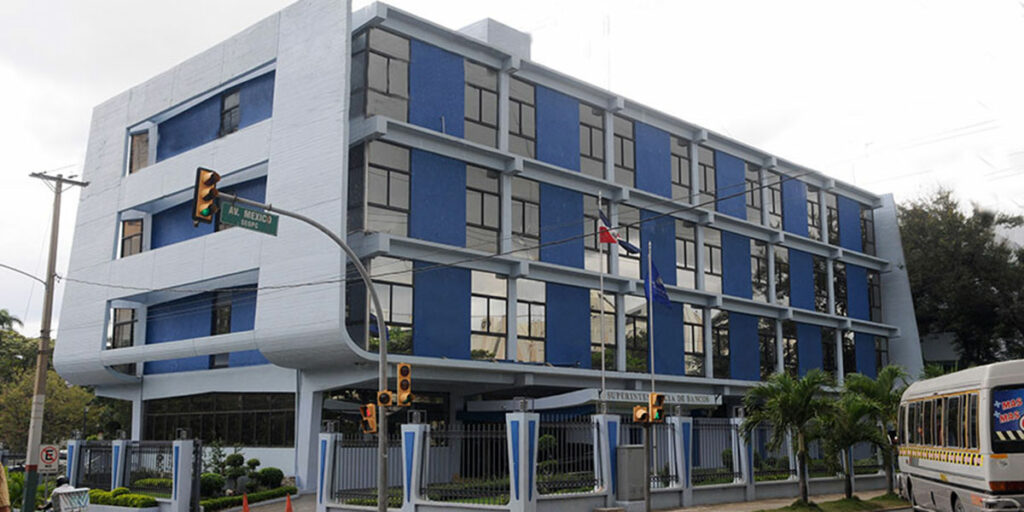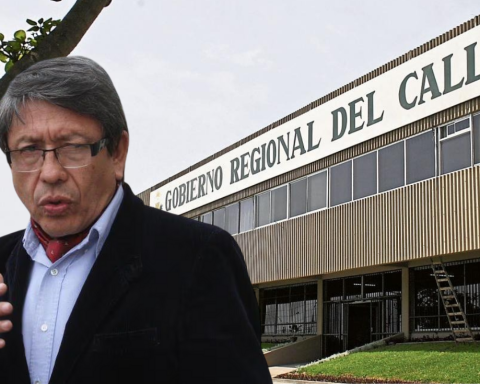Gerardo Martínez, an experienced farmereven former president of the Association of Agricultural Producers of Canelones (APAC), gave as an example what he experienced in the last two years to explain why the price of onions is through the roof, and does not go down.
It’s It is something that has happened, happens and will happen, he admitted with sorrow and resignation. And then he recounted: “Last year the onion production was very important, it clearly exceeded the demand and the price, obviously, collapsed, we lost a lot of money”.
He said, to put a number on the loss, that for every 20-kilo bag sold, the producer lost $30. He couldn’t even tie.
Then, “The one who has a back, or bets on several items and did well in another and matched the accounts, went ahead and planted onions this year, but surely planted less”.
That was not your case: “I got tired, I didn’t want to continue, I retired”he added.
Martinez said that last year, when the price of onions was very low and the producer had a hard time, no one shouted to the heavens.
This year, instead, when it is expensive, simply because less was planted, less was produced and the imported one did not enter at a much lower price, the price rose, “and as always it is easy to think that the producer is full of money”.
john samuel
The price of onions at one of the MAM stalls.
At present, he explained, there is no longer any onion from the south in the market, little arrives from the north coast and the imported one is not in the local market at a price that lowers the value for the consumer.
He also said that it is usual that after a year of high prices in an item, in this case onion, in general, more is planted for the following campaign and thus the price will drop, due to the greater supply of production.
“That, bad for the farmer, is good for Doña María,” he said.
Finally, he lamented a fact that he learned recently, in that many producers continue to lower the curtain, he even mentioned as a fact that in the last year there were 200 who left the production system.
What went up and what went down
The Farmer Observatory highlighted this Monday 26 that the day in the Metropolitan Agrifood Unit (UAM) It passed with lower income from the buying public in relation to the beginning of the week and with a slower lift, due to the beginning of the spring vacations and the forecast of precipitations for the next days.
Decreases were recorded in the reference prices of sweet potatoes, round tomato, zucchini, aubergine, cauliflower, broccoli, strawberry and artichoke.
There were increases in the values of onions, zucchini, green bell peppers, peas, green onions and Granny Smith apples..
As a novelty, the entry of recently harvested red onions from the north coast and sweet potatoes from Argentina and Brazil was recorded.
wholesale prices
According to data from the UAM, at the beginning of this week the wholesale price (to the consumer increases markedly) of the national onion ranged from $70 to $85 per kilo depending on the caliber, quality and variety, the Brazilian from $75 to $105 and Argentina from $70 to $85 per kilo.
In posts in Montevideo, based on a survey carried out this Monday, in no case was the product found for less than $100 per kilo.

Leonardo Carreno
The current supply in the domestic market is mainly imported.

















